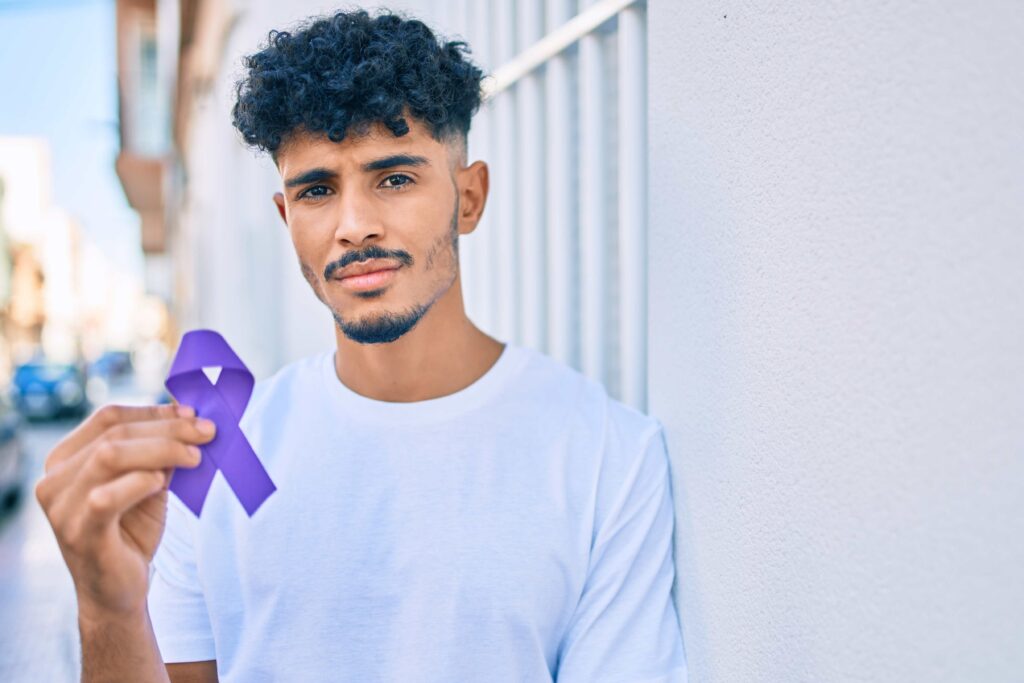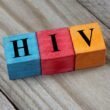LGBTQ+ and HIV disparities
LGBTQ+ Communities and HIV/AIDS: A Rainbow of Challenges
HIV/AIDS has historically disproportionately affected the LGBTQ+ community. Although there have been improvements, there are still large differences. In order to solve this continuous difficulty, it is imperative to comprehend intersectional issues, socioeconomic determinants of health, and the significance of LGBTQ+ positive care.
Table of Contents

Intersectionality: An Intricate Terrain
LGBTQ+ and HIV disparities
Certain populations within the LGBTQ+ community have significantly higher rates of HIV infection. These differences have the following causes:
- Discrimination and Stigma: Individuals who identify as gay, bisexual, or transgender frequently experience discrimination in healthcare settings, which delays diagnosis and treatment beginning.
- Socioeconomic Disparities: Homelessness, poverty, and limited access to education can make LGBTQ+ people more susceptible to HIV infection.
- Racial and Ethnic Disparities: People of colour who identify as LGBTQ+ must contend with the combined effects of racism and homophobia, which raises their risk of HIV infection.
- Challenges Particular to Transgender: Transgender people may face obstacles to HIV prevention and testing due to limited access to gender-affirming healthcare.
LGBTQ+ and HIV disparities
Policies that support LGBTQ+ equality and inclusion, culturally competent healthcare professionals, and focused outreach initiatives are needed to address these intersectional challenges.
Beyond Biology: Social Determinants of Health
LGBTQ+ and HIV disparities
HIV infection rates within the LGBTQ+ population are significantly influenced by social determinants of health, which are the social and economic factors that affect health outcomes. Among these are:
- Housing Instability: Unstable housing can make a person more susceptible to dangerous behaviours that can spread HIV.
- Poverty: Being poor can make it more difficult to get safe housing, wholesome food, and medical care—all essential for maintaining general health and preventing HIV.
- Mental Health: Risky sexual behaviour may be increased in LGBTQ+ individuals due to higher rates of depression, anxiety, and substance abuse.
LGBTQ+ and HIV disparities
Policies that support financial stability, access to affordable housing, and mental health services catered to the requirements of the LGBTQ+ population are necessary to address these social factors.
LGBTQ+ Positive Health Care: Establishing Welcome Environments
LGBTQ+ and HIV disparities
Healthcare that is accepting, inclusive, and respectful of a person’s gender identity and sexual orientation is known as LGBTQ+ positive care. Improving HIV prevention, testing, and treatment outcomes for the LGBTQ+ community is dependent upon this kind of care. Among the crucial elements of LGBTQ+ positive care are:
- Provider Education: Medical personnel should get education that enables them to recognise the special requirements of LGBTQ+ patients and to treat them with cultural competence.
- Inclusive Language: Safe and affirming environments are created by using inclusive language and honouring patients’ self-identified names and pronouns.
- Sexual Health Education: Encouraging people to make informed decisions can be achieved by offering LGBTQ+ inclusive sexual health education that addresses particular needs and hazards.
In summary: A Joint Reaction
LGBTQ+ and HIV disparities
HIV/AIDS in the LGBTQ+ community calls for a multifaceted strategy. We can ensure that everyone has access to the care they need to live long and healthy lives in a future where HIV incidence rates decline by acknowledging intersectional issues, addressing social determinants of health, and guaranteeing access to LGBTQ+ affirmative care. Policymakers, healthcare professionals, LGBTQ+ community organisations, and people themselves must work together to address this issue. Together, we can develop a more fair and successful strategy to combat HIV/AIDS that benefits all LGBTQ+ people.


